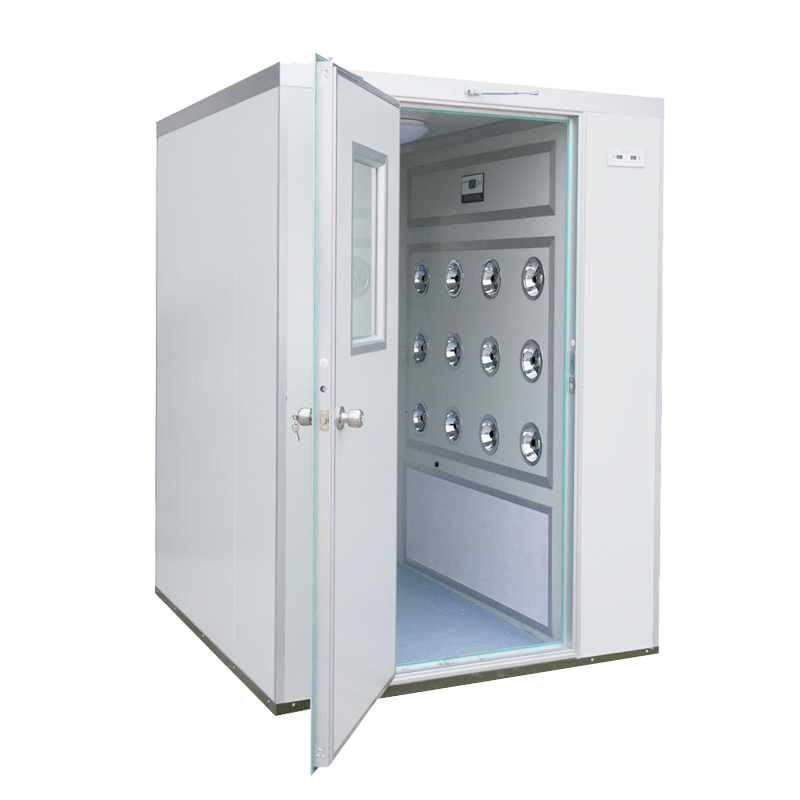

Clean rooms are classified based on the maximum allowab […]
Clean rooms are classified based on the maximum allowable concentration of airborne particles within a controlled environment. The classification is determined by international standards, primarily ISO 14644-1, which sets specific limits for particle counts at different particle size ranges. The classification system is based on ISO classes, with Class 1 being the cleanest and Class 9 being the least clean. Each class has a corresponding maximum allowable particle count per cubic meter of air. Here are the different clean room classifications:
Class 1:
Maximum Particle Count (≥0.1 μm): 10 particles/m3
This is the cleanest classification and is typically found in extremely sensitive environments, such as semiconductor manufacturing for advanced microprocessors.

Class 2:
Maximum Particle Count (≥0.1 μm): 100 particles/m3
Similar to Class 1, this class is also used in highly sensitive industries such as semiconductor fabrication.
Class 3:
Maximum Particle Count (≥0.1 μm): 1,000 particles/m3
Class 3 clean rooms are found in industries like pharmaceuticals, biotechnology, and electronics manufacturing, where precision is critical.
Class 4:
Maximum Particle Count (≥0.1 μm): 10,000 particles/m3
This class is used in industries including pharmaceuticals, electronics, and optics, where a controlled environment is essential.
Class 5:
Maximum Particle Count (≥0.1 μm): 100,000 particles/m3
Class 5 clean rooms are used in various industries, including pharmaceuticals, biotechnology, and medical devices.
Class 6:
Maximum Particle Count (≥0.1 μm): 1,000,000 particles/m3
Industries such as medical device manufacturing and some research applications use Class 6 clean rooms.
Class 7:
Maximum Particle Count (≥0.1 μm): 10,000,000 particles/m3
Class 7 clean rooms are often used in the pharmaceutical, biotechnology, and medical device industries.
Class 8:
Maximum Particle Count (≥0.1 μm): 100,000,000 particles/m3
This is a less stringent classification and is commonly found in industries like food and beverage, cosmetics, and less critical electronics manufacturing.
It's important to note that the classification system considers particle counts at various size ranges, not just particles ≥0.1 μm. The higher the ISO class, the more particles are permitted in the environment. Clean room design and operation, including factors such as airflow, filtration, gowning protocols, and maintenance, are critical to maintaining the specified cleanliness levels.
Additionally, some industries and applications might have specific cleanliness requirements that go beyond the ISO 14644-1 standard, necessitating even stricter controls. Clean room classifications are crucial for ensuring that products and processes are free from contaminants and meet the necessary quality and safety standards.
Our new models offer superb design;competitive prices and their new features give them distinct advantages over similar products from other manufacturers.